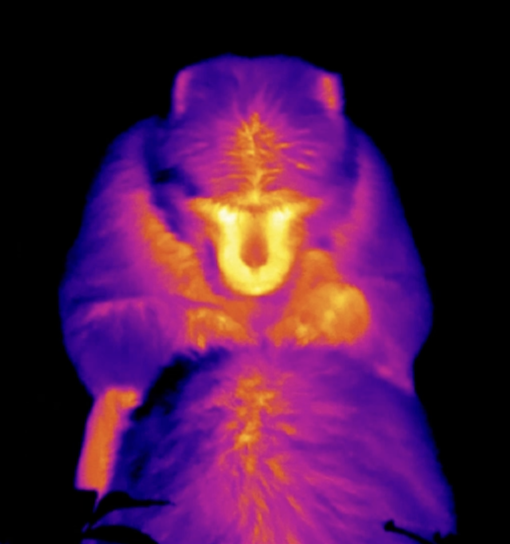Tracking Nasal Skin Temperature to Assess Social Interaction Effects in Free-Ranging Macaques

Infrared thermography is a promising non-invasive tool to measure changes in the autonomous nervous system as a proxy of emotional arousal. This method uses the body’s naturally emitted thermal radiation and allows to measure skin temperature changes contact-free in freely moving animals under ecologically valid settings. Fluctuations in skin temperature reflect variation in blood flow to the skin due to vasoconstriction: during high arousal situations blood flow to peripheral areas, such as the nose, is restricted leading to a decrease in skin temperature in these areas from baseline levels, while during relaxing, low arousal situations blood flow and consequently skin temperature is increased from baseline. We aim to measure changes in nasal skin temperature in free-ranging Barbary macaques following involvement in arousing and relaxing social interactions (conflicts and grooming interactions). To do so, we record nasal skin temperatures continuously using an infrared thermo camera (sampling rate 30 frames per second, optical resolution 640*480 pixels). To read out the temperature, we need to define a region of interest (ROI) on each frame, which includes the nasal area between the bridge and the top of the nose excluding the nostrils. If the subject does not move between frames the ROI will remain the same, however as the monkey moves even slightly, the ROI needs to be manually adjusted in shape and location on the frame. Temperature is then read out within the ROI and needs to be automatically transferred into a datasheet.
